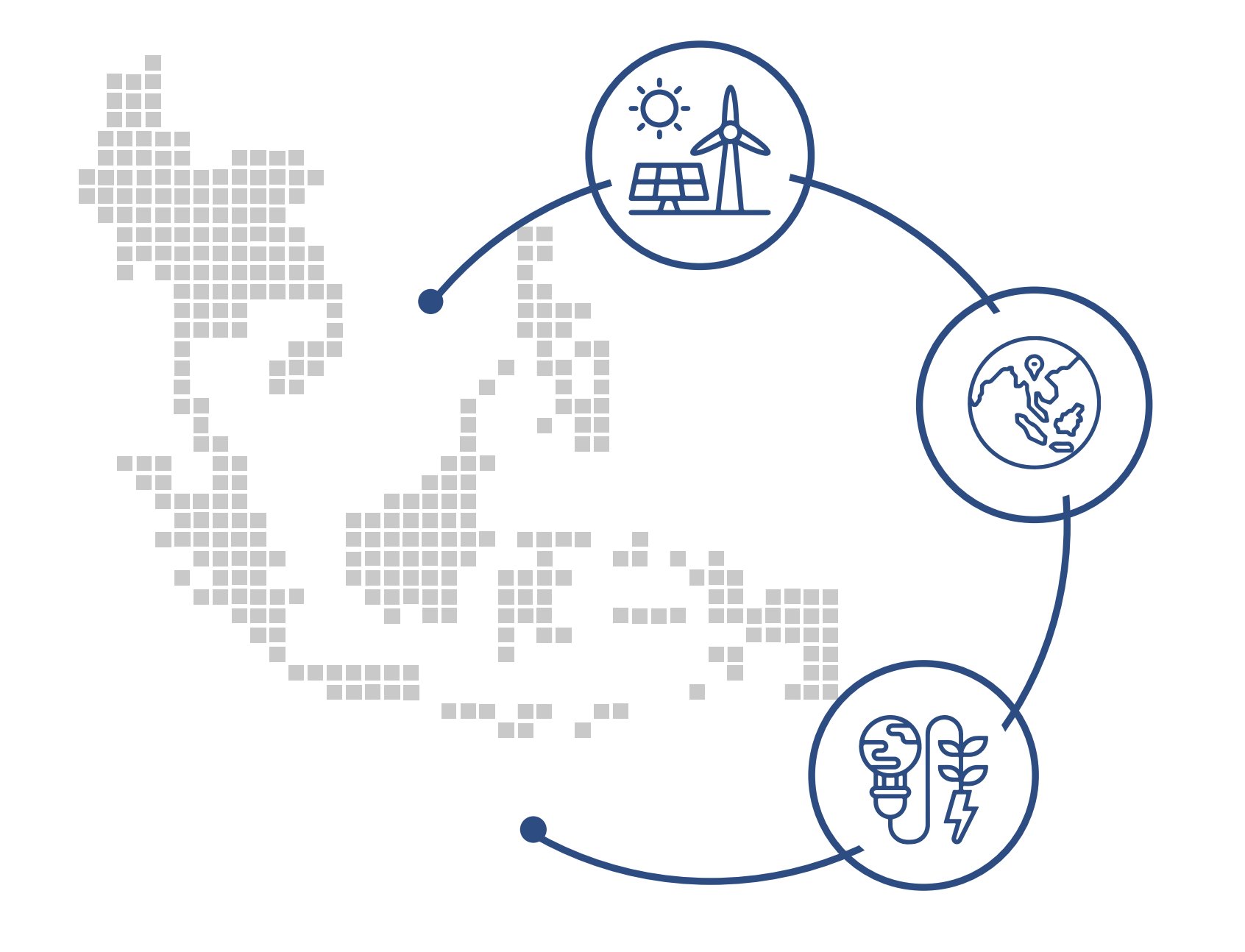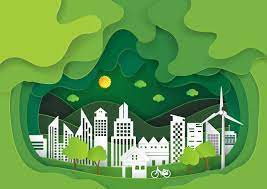Background
Comoros is an archipelago comprised of four island states: Great Comoro; Moheli; Anjouan and Mayotte (which is administered by France). It has a population of 754,000 people. While the islands have a diverse ecosystem comprised of forests, marine life, flora and fauna, there has been increasing pressures on natural resources in recent years. For instance, there has been noted degradation of natural vegetation, a decline in soil productivity, drying up of rivers, degradation of coastal ecosystems and the disappearance of natural habitats. Deforestation is particularly acute, at an average rate of 9.3% per year in the decade beginning in 2000, compared to a Sub-Saharan African average of 0.5. As a small island developing state, Comoros is vulnerable to the effects of climate change and natural disasters. In April 2012, for instance, unusually heavy rainfall led to severe flooding which destroyed homes and agricultural produce and displaced families. Other signs of climate change include: rising sea levels, a receding coast line – leading to the uprooting of 10% of the coastal population, heavy storms, and stronger seasonal variations.
At a sector level, while Comoros has an overall low level of energy consumption, the use of petroleum products has been on the rise, and because these are all imported, the overall cost of energy has increased as well. Moreover, there is very little exploitation of renewable energy sources, despite the strong potential for hydropower and geothermal in parts of the country, as well as solar and wind on all islands. Agriculture and fisheries, in particular are important to the Green Economy, contributing to 40% of GDP and to 80% of jobs.
Overall Fiscal Profile
GDP growth in Comoros averaged 3% in 2012 and is expected to grow at 3.5% of GDP in 2013. %. Agriculture is an important part of the economy, accounting for 83% of all land area in Comoros Year-on-year inflation stood at 2.8% in October 2013. In December 2012, Comoros reached the completion point under the Highly Indebted Poor Countries (HIPC) debt-relief initiative, which allowed it to receive debt relief. However, the primary deficit stood at 1.2% of GDP in 2013, which has higher than expected due to high public expenditure on road construction projects, and government finances are considered to be fragile according to an IMF’s assessment.
The tax collection rate in Comoros was 12 percent of GDP in 2013. Tax revenue as a percentage of GDP, at 12% in 2013, is below the Sub-Saharan African average of 18%. Remittances from Comorians in the diaspora is a significant contribution to the economy, equivalent to around 20 percent of GDP annually.
The IMF has recently urged the government to consolidate petroleum tax receipts in the budget as a long-term measure to increase the revenue base and enhance transparency. The government has also requested IMF technical assistance to map existing tax exemptions and direct and indirect subsidies in the energy sector in order to better understand their true fiscal costs, redirect them to low-income people and strengthen government revenues.
Policy and Legal Framework for a Green Economy
A National Environmental Policy was developed in 1993 in order to integrate environmental dimensions into both social and economic development policies. It aims to work on resource management, strengthen sector policies: land regulation, water and sanitation, and waste management, as well as promote natural heritage. Moreover, the government elaborated a National Poverty Reduction Strategy Paper (known as the Stratégie de Croissance et de Réduction de la Pauvrété en French, or the SCRP), which heighted that economic growth alone was not sufficient to reduce poverty, and that conservation and environmental protection – as well as access to health and education – were important priorities for improving the lives of Comorians. However, there are some gaps in the policy framework, notably the lack of a strategy for the energy and water sector and outdated electricity tariff regulations. Moreover, there is no integrated and updated environment policy that reflects the pivotal role of the environment for all other sectors of economic and social activity in Comoros.
Fiscal Measures for Green Economy
There is little in the way of fiscal measures to support the transition to a green economy in Comoros, although the government has identified fiscal consolidation in support of the government (éco assainissement des finances publiques) as one of the means of working towards sustainable development. The fiscal framework in Comoros has historically not integrated concerns about fighting pollution and ensuring ecological and natural resource conservation, nor has it included fiscal incentives for environmental activities. Moreover, public procurement code does not make it mandatory to include environmental provisions in tendering announcements. While a decree was issued introducing environmental impact assessments, there is no practical guidance on how these should be conducted. Additionally, while there are examples of collective guarantees for socially minded projects, there have been no communal guarantees for loans related to ecological projects. However, the International Union for the Conservation of Nature (IUCN) and the United Nations Development Programme (UNDP) have conducted a study outlining the importance of creating a dedicated fund for conservation and biodiversity.
While Comoros has an overall low level of energy consumption, the use of petroleum products has been on the rise, and because these are all imported, the overall cost of energy has increased as well. Moreover, there is very little exploitation of renewable energy sources, despite the strong potential for hydropower and geothermal in parts of the country, as well as solar and wind on all islands. Agriculture and fisheries, in particular are important to the Green Economy, contributing to 40% of GDP and to 80% of jobs.
Photo Credit: “Lava Flows” by David Stanley is licensed under Creative Commons 2.0





